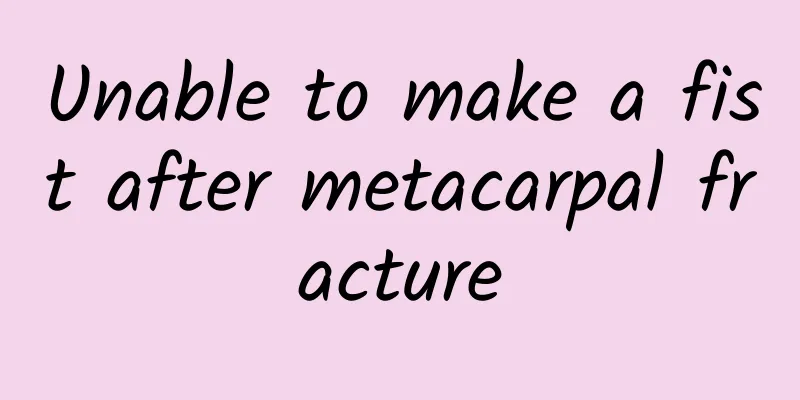Cracked nipples while breastfeeding

|
When mothers are breastfeeding their babies, they must pay attention to the feeding method, otherwise it is easy for the baby to suffer from indigestion or cause some pain in their breasts. The nipple on a woman's breast is a very fragile part. Once stimulated, the nipple is prone to rupture, which will seriously affect the ability to breastfeed. So what should you do if your nipples rupture during breastfeeding? 1. What are the causes of nipple cracking? When a mother is breastfeeding, the skin on the nipple is thinner and more resilient than other skin on the breast, and is prone to cracking when it is damaged by the outside world. Causes of nipple cracking during breastfeeding include: 1. Incorrect feeding method during breastfeeding: Most new mothers have no experience and do not put the nipple and most of the areola into the baby's mouth during feeding, causing the baby to suck on the top of the nipple for a long time, rubbing multiple times, causing nipple cracks. 2. Excessive milk secretion: Large amounts of milk secretion and milk overflow will cause the nipples to be in a humid environment for a long time, which will also cause damage to the surrounding tissues. 3. Stimulation from detergents and chemical products: Most mothers pay more attention to personal hygiene and wash their underwear relatively frequently. However, if they do so frequently, certain chemical substances will remain on the clothes, which will cause certain irritation and damage to the breasts when worn. 2. What should I do after my nipples are cracked? 1. Before each feeding, apply a warm towel to the nipples and massage them to promote milk secretion. The secreted milk can soften the nipples and areola, making it easier to feed. 2. When feeding, make sure the baby holds the nipple and most of the areola in his mouth, and change the feeding position frequently to reduce the secondary damage to the nipple caused by strong sucking. 3. After the baby is full, remember not to pull the nipple directly out of the baby's mouth. Instead, gently tap the baby's jaw and wait for the baby to open his mouth slightly before taking out the nipple. 4. After breastfeeding, wiping the nipples and areola with a little milk can also promote wound recovery. 5. If the pain from the wound is unbearable, you can use a breast pump to extract milk for feeding, but you must not stop breastfeeding to prevent mastitis or a decrease in milk supply. If a mother's nipple breaks while breastfeeding, she must take effective measures. Otherwise, it will not only affect her physical health, but also delay the breastfeeding of the newborn, and in severe cases may cause local infection and ulceration. To prevent nipple cracking during breastfeeding, the correct feeding posture and method are the most important, such as adjusting the feeding posture and controlling the feeding time. If a more serious infection occurs, you must be admitted to the hospital for medical treatment immediately. |
<<: Conservative treatment of renal rupture
>>: How long can you live with a ruptured cerebral blood vessel?
Recommend
Is yellowing of clothes under the armpits due to body odor?
Body odor is the common name for human bromhidros...
Heart discomfort after being frightened
In life, some people may get frightened for some ...
How to eat ginseng to nourish the kidneys and replenish qi?
Ginseng is an important tonic, it has a good toni...
Properties of Saffron
Saffron is not originally a domestic medicinal ma...
What medicine should I take for cerebral vasospasm? Systemic treatment is recommended
For cerebral vasospasm, we can alleviate the symp...
I drank something cold after 10 days of medical abortion
Anyone with common sense knows that after a misca...
What are antihistamines?
Medicines are very important supplies in modern l...
How to differentiate between eczema and neck rash?
Many friends confuse eczema and neck sweat. The m...
What ointment is most effective for sweat rash
Heat rash is common in adolescents. Symptoms wors...
How to treat lumbar bone hyperplasia?
Bone hyperplasia is very common, and lumbar bone ...
Is Ginkgo Biloba Toxic?
Ginkgo fruit is a fruit with high medicinal and e...
Whooping cough symptoms and treatment
We often hear about children suffering from whoop...
Steps to restore acne-prone skin
Acne is really a very annoying skin phenomenon, b...
Can I drink beer when I have a cough?
Beer is a very famous drink. Many people like to ...
Rotavirus diarrhea
When many parents are giving their children vacci...









